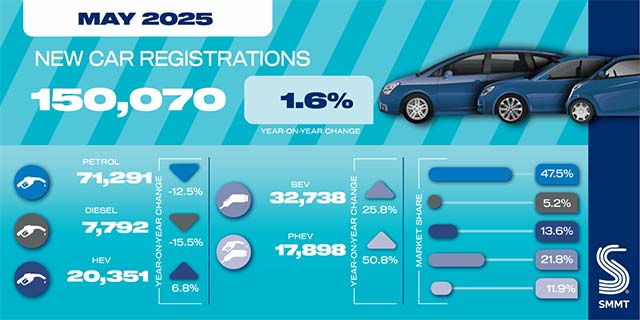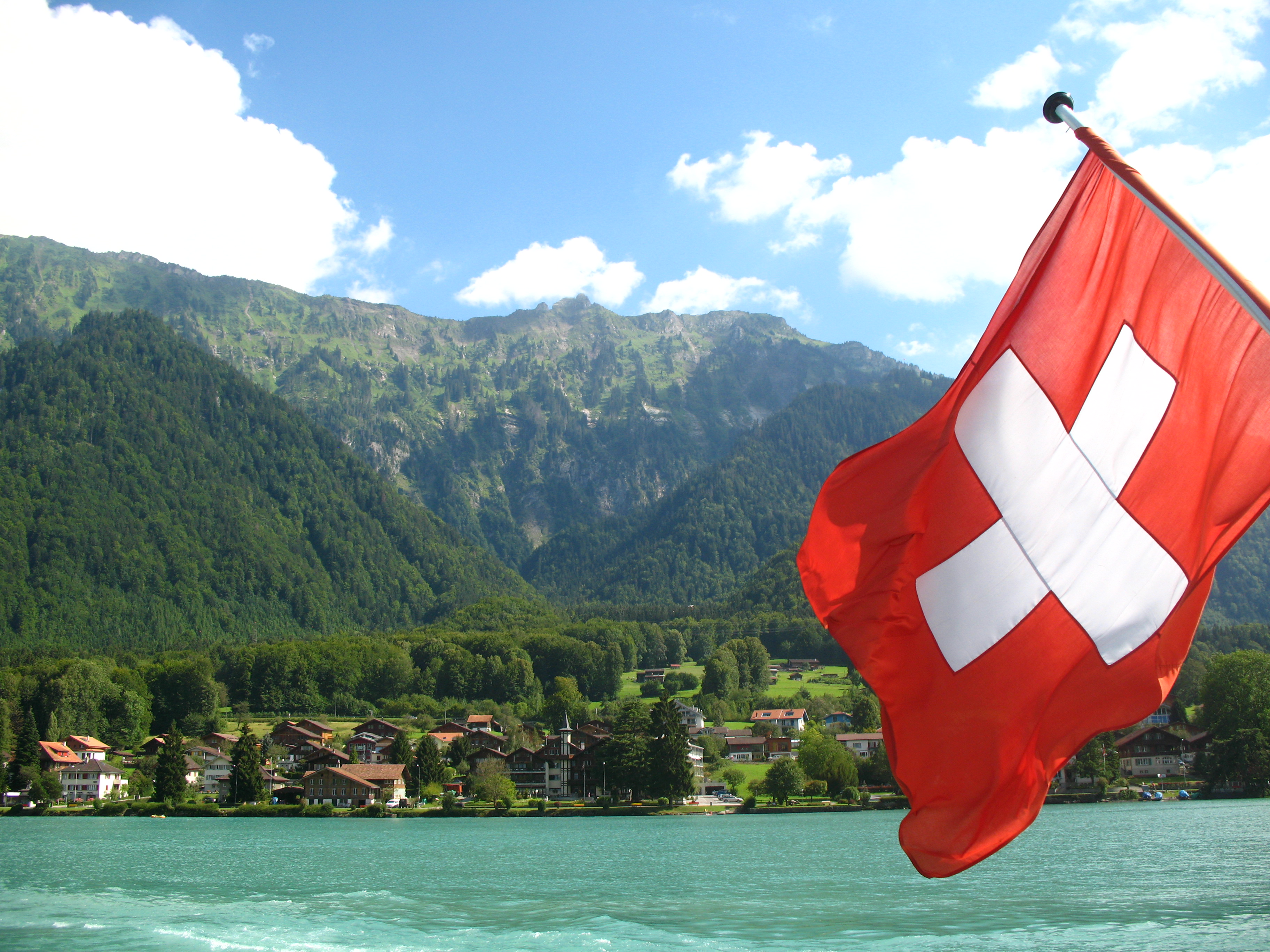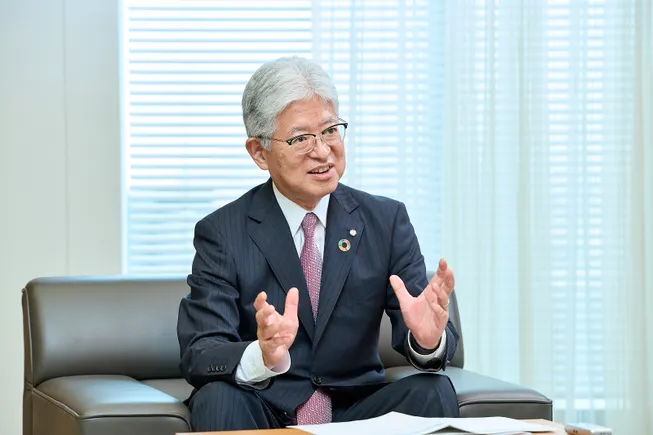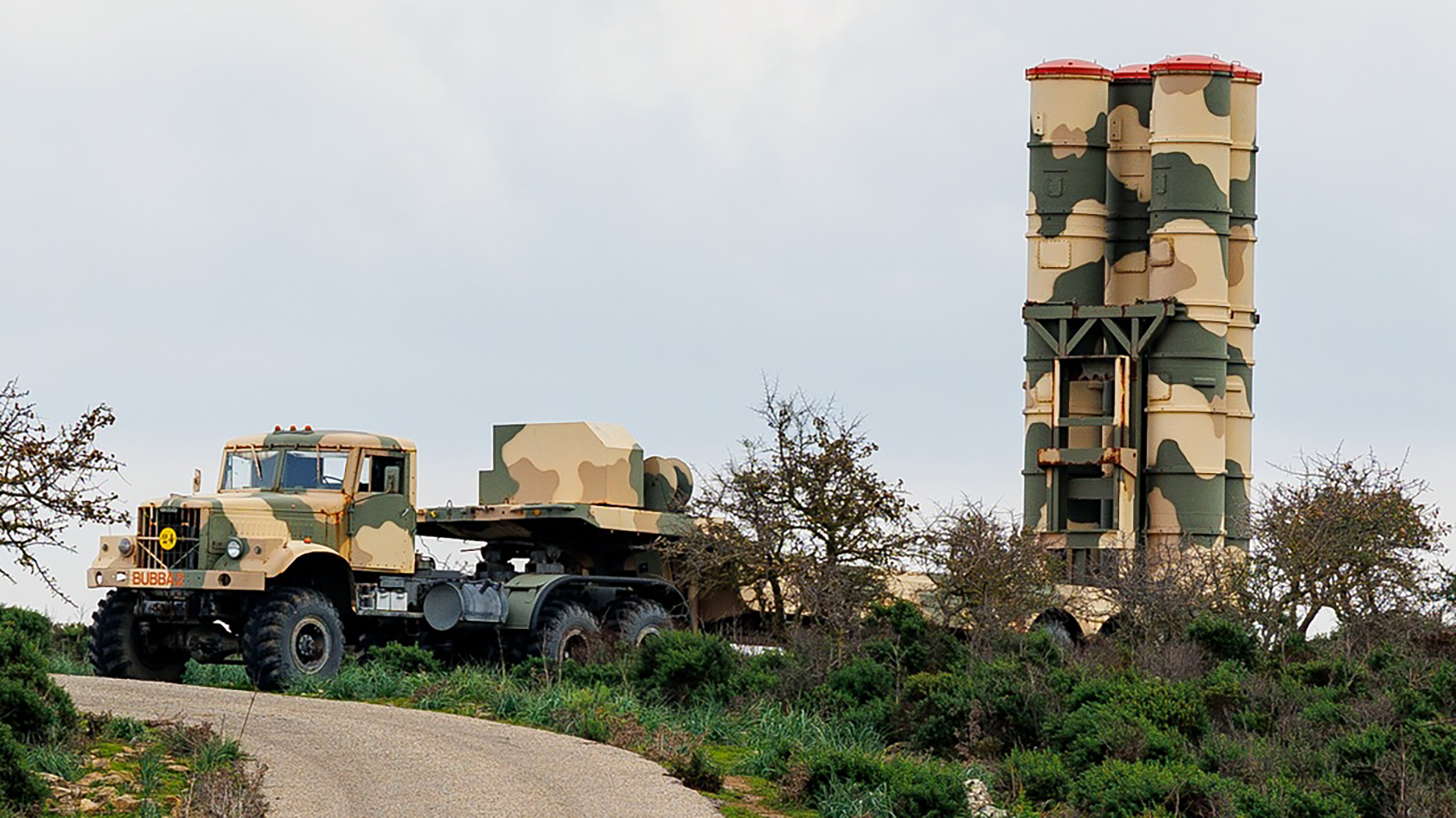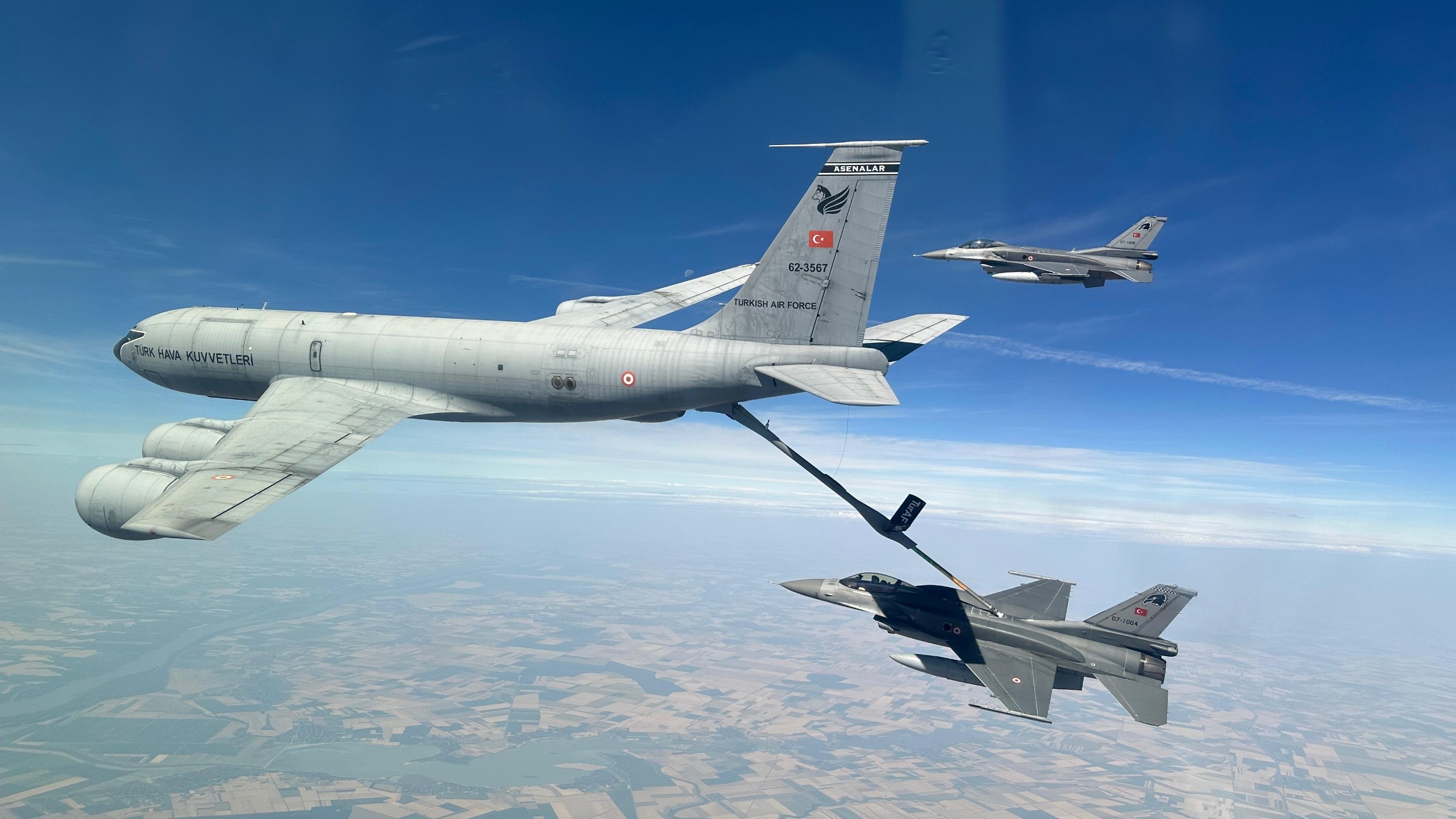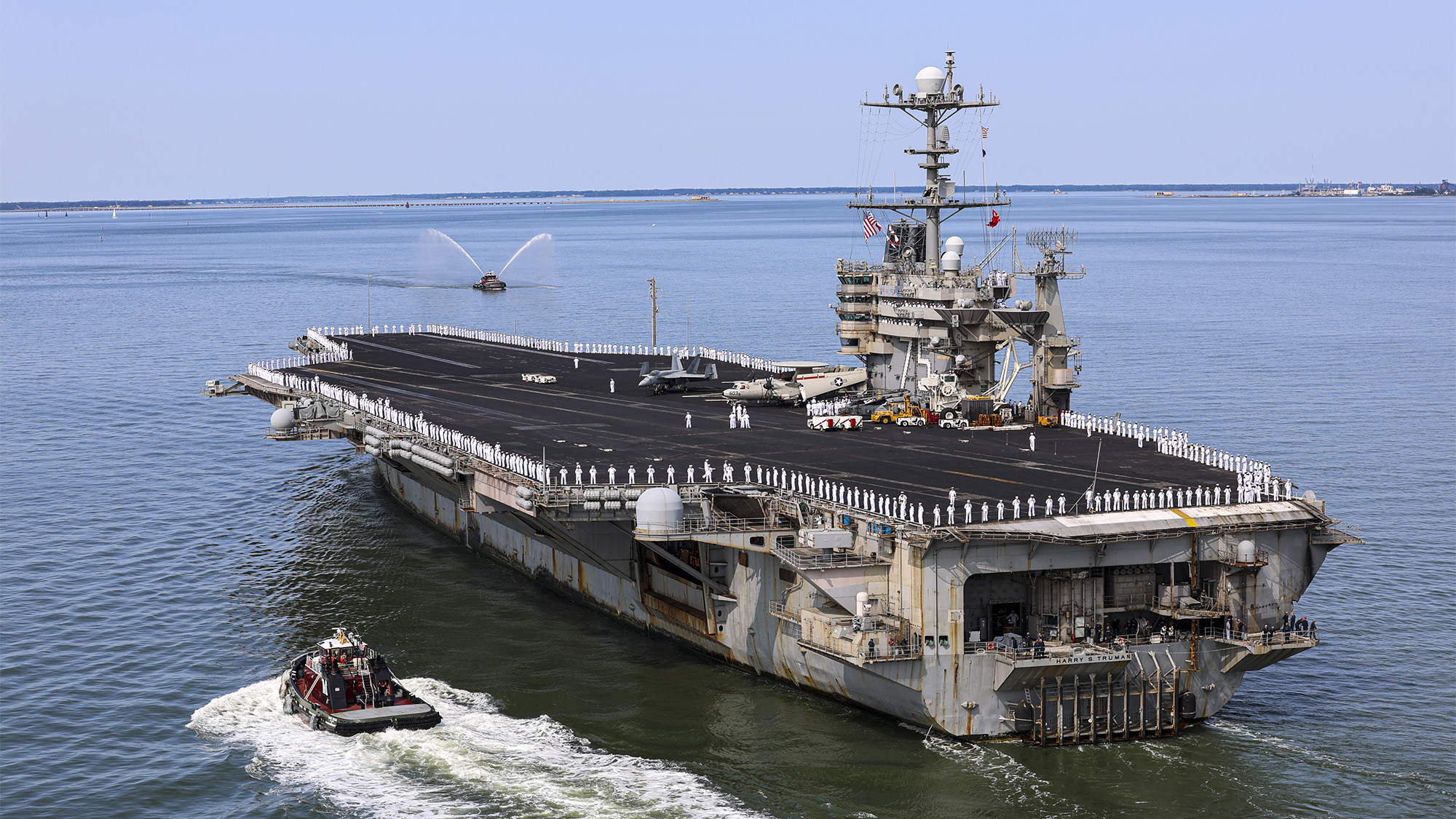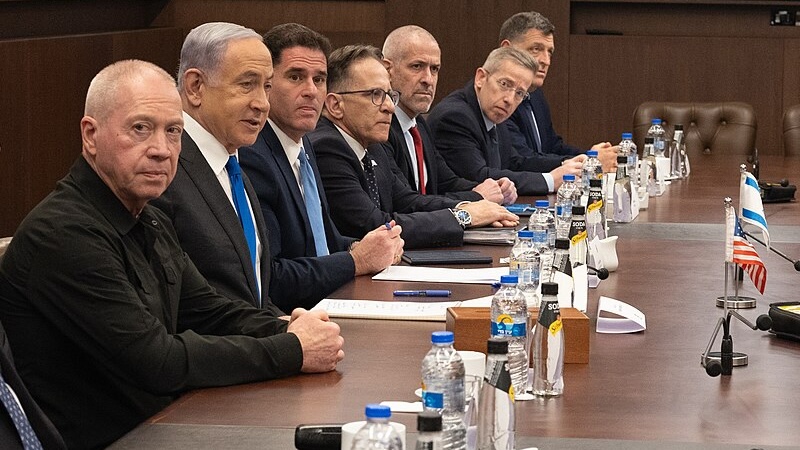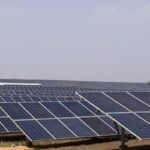Thailand to acquire first tranche of four Gripen E/Fs, KAI seals deals for 12 more FA-50s for Philippines
For Thailand, the new Gripens will be equipped with the Raven ES-05 Active Electronically Scanned Array radar, Infra-Red Search and Track systems and datalinks.


A Philippine Air Force FA-50PH Fighting Eagle takes off at Royal Australian Air Force Base Darwin, Australia, during Exercise Pitch Black 24. (Credit: SGT David Gibbs/Australian Department of Defence)
SINGAPORE — US treaty allies Thailand and the Philippines have both announced the order of new fighter jets, with Bangkok going for the Saab JAS-39E/F Gripen and Manila for additional Korean Aerospace Industries’ (KAI) FA-50s.
Thailand will order four Saab JAS-39E/F Gripen multirole fighters as the first tranche of what will eventually be 12 jets, Royal Thai Air Force (RTAF) Chief of Staff Air Chief Marshal Punpakdee Pattanakul announced at a press conference today.
The new Gripens will be equipped with the Raven ES-05 Active Electronically Scanned Array radar, Infra-Red Search and Track systems and datalinks.
This first tranche of aircraft will comprise three single-seat JAS-39Es and a twin seat JAS-39F, according to the announcement. Thailand is already currently operating 11 older JAS-39C/Ds. The Gripens will also eventually replace some of the Lockheed-Martin F-16A/Bs currently operated by RTAF over the next decade.
During the press conference, it was also announced that Thailand will be acquiring the Meteor long-range air-to-air missile and upgrading its fleet of Saab 340 Airborne Early Warning aircraft.
The upgrade for the Saab 340s will see them gain command and control capabilities, a capability that RTAF sources have previously told Breaking Defense it had been keen on for some time.
Thailand will acquire the package as a government-to-government deal and will gain offsets from the acquisition. It had announced in 2024 that it had selected the Gripen following an evaluation against the latest F-16 Block 70/72 being offered by Lockheed-Martin.
Saab said in a statement that a contract had not been signed thus far, and it and the Swedish Defence Materiel Administration (FMV) will now follow the next steps in the procurement process.
Company president and CEO Micael Johansson said in that the company welcomed the Royal Thai Air Force’s selection of Gripen E/F.
“Gripen E/F is the best solution to provide Thailand with independent airpower for the future which will contribute significantly to the nation’s safety and security,” he added
Philippines Orders More F/A-50s
Meanwhile South Korea’s KAI has also announced that the Philippines has signed a contract to acquire 12 more F/A-50 Golden Eagle combat aircraft under a contract worth $700 million.
The company said that the new aircraft will be delivered by 2030 and will be fitted with an AESA radar for “significantly improved detection and strike capabilities.” The new batch of FA-50PHs will also be fitted with inflight refuelling for improved range and endurance.
The Philippine Air Force has operated the F/A-50PHs since 2017 when it took the delivery of 12 aircraft although it subsequently lost a jet in March this year when it crashed during a combat mission against insurgents in the southern part of the country.
It has used the type in combat operations including during the 2017 campaign to dislodge Islamic State-linked militants from a town in the southern part of the country.
KAI’s T-50 family, on which the FA-50 is based, has proven popular with Asian air forces, with Indonesia, South Korea and Thailand operating the type. Malaysia is set to take delivery of its first aircraft in 2026, while Iraq and Poland are also users.
The Philippines is also seeking a more advanced fighter as it bolsters its defense posture in the face of increasing tensions, which has seen clashes between its coast guard and navy with their Chinese counterparts as both countries assert their claims over disputed islands and features in the South China Sea.




















